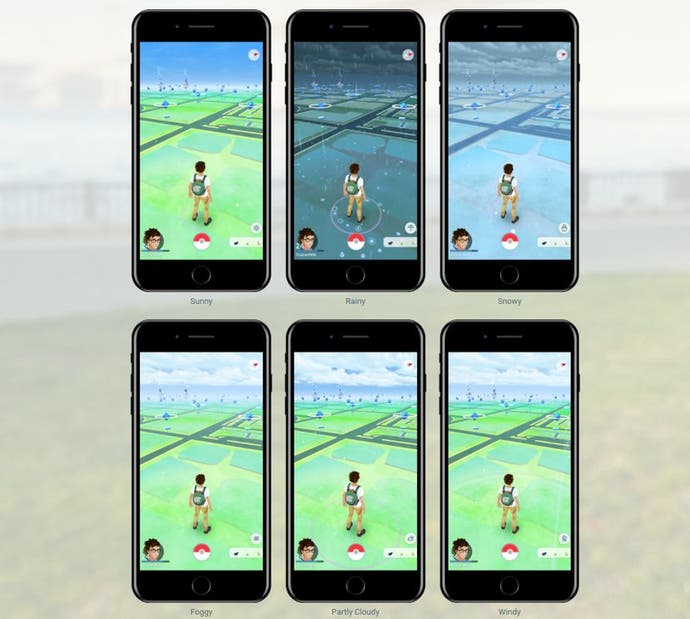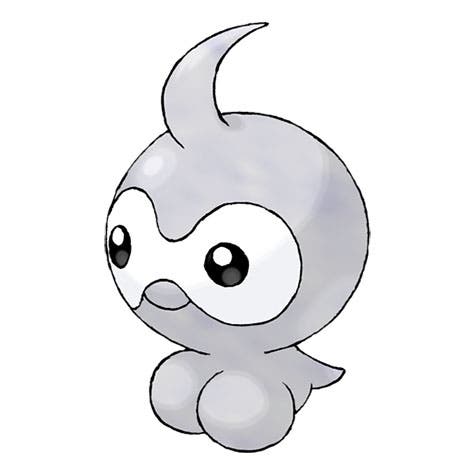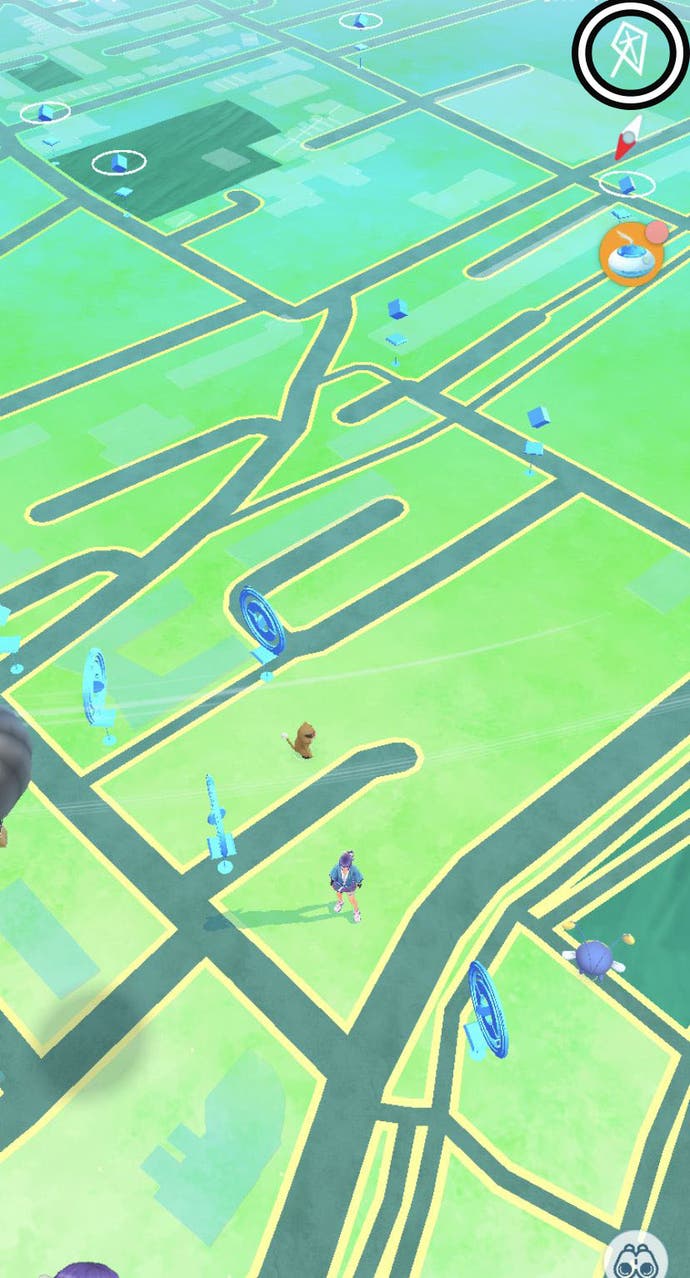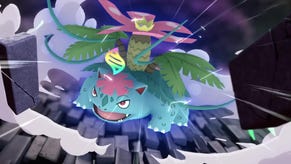Pokémon Go Weather effects explained, including how to get Rainy Castform and evolve Sligoo
Whether rain or shine, Pokémon Go reflects real-world events
Pokémon Go Weather affects many aspects of the game, from which Pokémon spawn to whether you can evolve certain Pokémon and take down a raid boss. It’s such an important system that you need to understand it if you’re to get the most out of your time playing Pokémon Go.
Different Pokémon will appear based on your local weather, and give boosts to certain types, but how does the game know what the weather is like outside and what can you do if the weather doesn’t match what you see on your phone screen?
On this page:
What are Pokémon Go Weather effects?
In-game weather was added to Pokémon Go in the December 2017 Gen 3 update, and has since touched almost every aspect of the game.

First and foremost, the weather will affect which Pokémon spawn and how strong they are – something that is known as 'weather-boosted'.
There are several bonuses to catching a weather-boosted Pokémon, including a 25% increase in the amount of Stardust you get for catching it, but also an increase in the expected level of the Pokémon and an increase in the IV floor. While the average Pokémon you catch in the wild can have a minimum IV of 0/0/0, a weather-boosted Pokémon comes with a minimum IV of 5/5/5, helping you get stronger Pokémon and increase the chance of it being a rare perfect Pokémon.
If you want to know what weather it is in Pokémon Go, you have two options – first, simply look out the window; there’s a good chance that whatever you see outside is what you’ll see in the game, with the caveat that if it just started or stopped raining, there is a bit of a delay. This, however, doesn’t always work, and sometimes you’ll see the wrong weather in game.
If that happens, your second option is to click the weather icon in the top right of the screen, above the compass. You’ll see not only the weather the game thinks it is, but the Pokémon that are boosted.
Pokémon Go Weather effects boosts explained
But which weather affects which Pokémon, we hear you ask? Each of the game’s 15 types are split across the seven main weather types in ways that mostly make sense.
| Weather | Types Boosted |
|---|---|
| Party Cloudy | Normal, Rock |
| Cloudy | Fairy, Fighting, Poison |
| Fog | Dark, Ghost |
| Rain | Water, Electric, Bug |
| Snow | Ice, Steel |
| Sunny (plus Clear, which is Sunny but at night) | Grass, Ground, Fire |
| Windy | Dragon, Flying, Psychic |
We say 'main' weather types because there is one more type: extreme. While this may seem like a nod to the Primal Kyogre and Primal Groudon of Gen 3, it's actually a weather warning. If you see that the in-game weather is extreme, you should probably stay indoors; this generally means there’s a genuine risk to life due to an extreme heat wave, gale-force winds or similar. Whatever you do out there playing Pokémon Go, make sure you stay safe. No weather-boosted Pokémon is worth getting hurt for!
Weather and battles
Since wild Pokémon are affected by weather, it follows that Pokémon in battles are similarly sensitive to the world around them. Just as a Fire-type Pokémon is more likely to appear in Sunny weather, it also hits 20% harder in PVE battles under the same conditions – i.e., Team Go Rocket and Raid battles. It’s also good to know that the weather also affects the base catch level, with weather-boosted Shadow Pokémon being Level 13, and Raid bosses being Level 25, saving you a tonne of Stardust and Candy if you plan to level them up!
Obviously, this leaves PVP; Go Battle League is not affected by weather for obvious reasons. If you’re in London and battling someone in Tokyo, how does the game know whose weather to use? Rather than giving anyone an unfair advantage, the game is played in a pocket dimension, presumably dated before December 2017...
The Dual Destiny Season is here! It begins with the Just My Cup of Tea event, which also sees the arrival of Sinistea and the Dual Destiny quest in Pokémon Go! You can now catch Dynamax Pokémon through Max Battles. First, however, you need to visit Power Spots to collect Max Particles and complete the To the Max! quest. Don't forget to try out Routes, Gift Exchange and Party Play while you're hunting down rare Pokémon, fighting in the Go Battle League or competing in PokéStop Showcases.
Weather-exclusive Pokémon in Pokémon Go
Several Pokémon forms can only be found during specific weathers:

- Castform – Cloudy, Partly Cloudy, Windy
- Sunny Castform – Sunny/Clear
- Rainy Castform – Rainy
- Snowy Castform – Snowy
- Cherrim (Overcast form) – all weathers except Sunny
- Cherrim (Sunshine form) – Sunny
For those curious as to why you would want one Castform over the other, not all Castform are spawned equal. Snowy Castform is the best in Great League, followed by Rainy. Sunny Castorm is bad and regular Castform is even worse. But since Snowy Castform is so incredibly rare, Rainy Castform is the most popular one in PVP!
Additionally, some Pokémon only evolve during certain weathers. As of March 2023, this is only Sligoo, which evolves into Goodra in Rainy weather (or next to a Rainy Lure module). Other Pokémon also evolve during specific times of day, or under a full moon – for more information on these, check out our Special Evolutions page!
Lastly, there has long been debate over whether Cryogonal only spawns in Snowy weather. It has been confirmed that it also spawns in other weathers, but since it is a seasonal spawn, it only tends to spawn during winter, when it may well be snowing anyway!
What to do when the weather in Pokémon Go is wrong
While the weather in Pokémon Go is largely reflective of the world around you, it doesn’t always work as planned.
As mentioned, there’s usually a delay between rain stopping and the game realising that to be the case. While Niantic hasn’t confirmed which weather service it uses to weather-map the world, community testing hasn’t hit upon a definitive answer either, suggesting it likely pull from a variety of sources, and almost certainly varies from country to country.
So, don't be surprised if Pokémon Go doesn’t match your phone’s weather app, either. The game struggles when it is snowy or foggy in the real world, and frequently gets these two types wrong. If you do manage to get Snowy or Foggy weather in game, make the most of it because it’s a pretty rare effect in many places!
If you do hit upon the wrong weather, click the weather icon in the top right of the main game screen. This will take you to the weather card, explaining the current weather. Tap the same part of the screen again and you'll get the 'Report Weather Issue' card, where you can tell Niantic that 'The weather is not accurate at all!' or 'The weather seems accurate, just not up to date'. The assumption is that this will tell the Niantic servers to check the weather, but there’s no real way of confirming that this makes a difference. All you can do is submit reports and hope for the best!



Good luck catching the weather-exclusive Pokémon!










